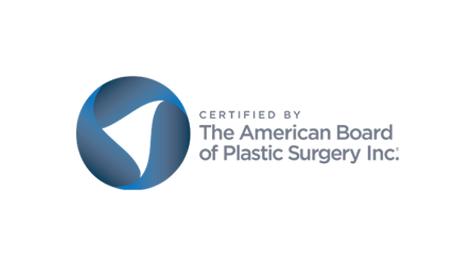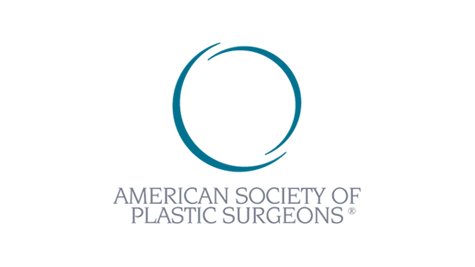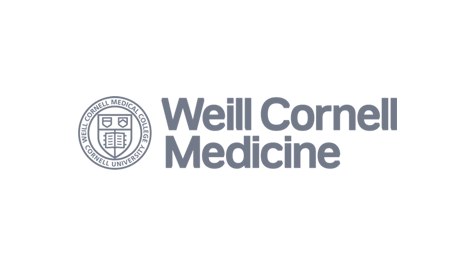Transform Your Silhouette with a Thigh Lift in New York City
Reshape, Tighten, and Refine
Excess skin or stubborn fat in the thigh region can be especially challenging to address through diet and exercise alone. A thigh lift, also known as thighplasty, offers a tailored surgical solution to tighten and contour your upper legs. Below is everything you need to know about this procedure—from the benefits to what you can expect during recovery.
What Is a Thigh Lift?
A thigh lift is a surgical procedure designed to remove excess skin and, in some cases, fat from the inner or outer thighs. Common reasons for seeking a thigh lift include:
Weight Fluctuations: Significant weight loss often leaves behind loose, sagging skin that doesn’t respond to exercise.
Aging & Elasticity: Over time, skin loses its natural elasticity, contributing to drooping thighs.
Improved Leg Contour: A thigh lift can help you achieve smoother, more toned thigh contours that align with the rest of your physique.
How Is a Thigh Lift Performed?
Thigh lift surgery typically involves the following steps:
Incision & Marking
Prior to surgery, Dr. Franck marks the areas where excess skin and tissue will be removed.
Incisions can vary depending on the extent of correction and location (inner vs. outer thigh).
Anesthesia
Typically performed under general anesthesia.
A local anesthetic may be used in combination to manage post-operative discomfort.
Excess Skin & Fat Removal
Loose skin is surgically excised.
Liposuction may be employed to remove excess fat and refine contours.
Tissues are then tightened, providing a sleeker, more sculpted shape.
Closure & Dressing
Incisions are meticulously closed with sutures or skin adhesives.
Compression garments are applied to minimize swelling and support healing tissues.
Benefits of a Thigh Lift
Tighter, Smoother Legs: Removes sagging skin and unwanted fat to reveal toned thigh contours.
Enhanced Mobility & Comfort: Reduces chafing or irritation caused by excess skin, especially during physical activity.
Proportional Body Contour: Helps harmonize the thighs with the rest of your physique.
Boost in Confidence: Many patients feel more comfortable in shorts, swimwear, or fitted clothing.
The Different Thigh Lift Techniques
Thigh lifts can be tailored to individual anatomy, goals, and skin laxity:
Inner (Medial) Thigh Lift
Focuses on the inner portion of the thigh.
Incisions often placed in the groin crease, extending down toward the knee or along the inner thigh.
Ideal for patients with moderate to significant inner-thigh skin laxity.
Outer (Lateral) Thigh Lift
Addresses loose skin and fat on the outer thigh and hip region.
Incisions typically extend from the groin around the hip.
Can be combined with lower body lifts for more extensive reshaping.
Mini Thigh Lift
Targets mild to moderate sagging in the upper thigh area.
Incisions are shorter, often confined to the groin region.
Suitable for those with less extensive excess skin.
Spiral or Circumferential Thigh Lift
Encompasses inner, outer, front, and back of the thigh for patients with significant skin laxity (often post-massive weight loss).
Incisions can be more extensive but yield comprehensive improvements to thigh contour.
Dr. Franck will recommend the technique that best addresses your cosmetic goals while minimizing visible scarring and optimizing the final outcome.
Are You a Good Candidate?
You may be a good candidate for a thigh lift if:
You Have Excess Skin on the Thighs: Significant loose or sagging skin that does not improve through diet or exercise alone.
Stable Weight: Maintaining a stable weight is crucial, as fluctuations can affect your results.
Overall Health: You should be in good health, free from conditions that impair wound healing.
Realistic Expectations: While a thigh lift can yield transformative results, some scarring is inevitable.
A comprehensive consultation with Dr. Franck will determine if a thigh lift aligns with your aesthetic goals and medical profile.
The Recovery After a Thigh Lift
Recovery can vary based on the extent of surgery, but here’s a general outline:
First Week
Expect swelling, bruising, and mild discomfort.
You’ll likely wear compression garments to support healing tissues.
Keep incisions clean and follow your surgeon’s post-op instructions.
Suture Removal & Follow-Ups
Sutures may be dissolvable or removed within 1–2 weeks.
Dr. Franck will monitor your healing progress in scheduled appointments.
Returning to Normal Activities
Many patients resume light daily activities within 2 weeks.
Avoid strenuous exercise and heavy lifting for at least 4–6 weeks, depending on your surgeon’s guidance.
Final Results
As the swelling subsides over several weeks to months, you’ll see more defined, sculpted thighs.
Scarring typically fades over time, especially with proper scar care.
"A thigh lift can significantly improve both the shape and comfort of your legs, allowing you the confidence to move freely and wear what you love."
The Consultation Process for a Thigh Lift
Your thigh lift journey starts with an in-depth consultation:
Physical Evaluation
Dr. Franck examines skin elasticity, fat distribution, and overall leg shape to determine the best surgical plan.Medical History
Discuss your health background, any chronic conditions, medications, and lifestyle habits that could impact surgery or recovery.Customized Surgical Plan
Based on your anatomy and goals, Dr. Franck will recommend the most suitable thigh lift technique. He’ll also explain anesthesia choices and potential combinations with other procedures.Questions & Next Steps
You’ll have the chance to clarify any concerns about scarring, healing, and results. Once you’re ready, the surgery can be scheduled at your convenience.
Dr. Philipp Franck -
New York Plastic Surgeon
A board-certified plastic and reconstructive surgeon, Dr. Franck completed his training at two prestigious Ivy League university hospitals. He specializes in body contouring procedures, including thigh lifts, tummy tucks, and lower body lifts, to help patients achieve balanced, harmonious silhouettes. Named one of New York’s Rising Star Surgeons by the New York Times Magazine since 2023, Dr. Franck is also a Clinical Assistant Professor at Cornell University Hospital and is recognized on Castle Connolly’s list of Top Doctors nationwide. His commitment to patient-centered care ensures personalized results with an emphasis on safety and aesthetics.




Combine a Thigh Lift With Other Procedures
Many patients choose to complement their thigh lift with additional surgeries for a more dramatic transformation:
Liposuction: Target stubborn fat in adjacent areas such as the hips, buttocks, or lower abdomen.
Brachioplasty (Arm Lift): Sculpt and tighten the upper arms for an upper-lower body makeover.
Tummy Tuck: Address loose abdominal skin and muscles to complete your overall body contouring journey.
Combining procedures can streamline your experience and reduce overall recovery time, allowing you to enjoy the benefits of a more comprehensive transformation.
What Are Some of the Risks With a Thigh Lift?
As with any surgical procedure, a thigh lift carries certain risks. While major complications are rare, potential concerns include:
Scarring: Incisions are placed strategically, but some visible scarring may remain.
Infection or Bleeding: Proper post-op care and medication adherence can help minimize these.
Contour Irregularities: Uneven skin contour or asymmetry can result from healing variations, though skilled surgical technique reduces this risk.
Changes in Sensation: Temporary numbness or tingling in the thigh region is possible as nerves recover.
Dr. Franck will outline all potential risks and instruct you on best practices for minimizing complications during your consultation.
Proudly serving the NYC Tri-State area, including New York, New Jersey, Connecticut, and much more.



















